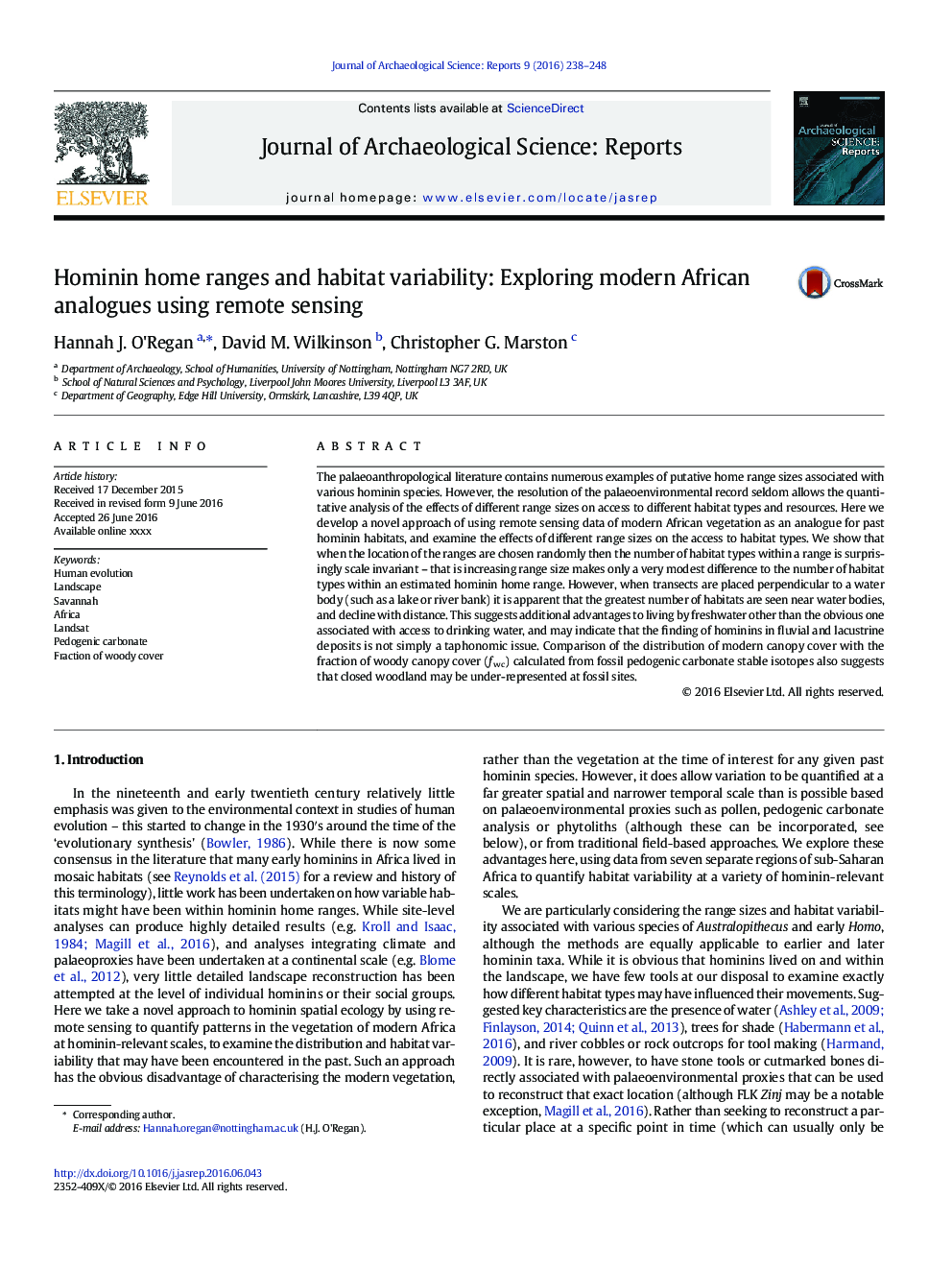| Article ID | Journal | Published Year | Pages | File Type |
|---|---|---|---|---|
| 7445253 | Journal of Archaeological Science: Reports | 2018 | 11 Pages |
Abstract
The lowland Maya city of Nixtun-Ch'ich' (Petén, Guatemala) exhibits an atypical gridded layout featuring quadrilateral blocks of architectural construction, established in the Middle Preclassic period (~Â 800-500Â BCE). Early levels of some excavated structures revealed unusual dark-colored, sticky sediments used as architectural footings overlying limestone bedrock and as adhesives for binding construction stones. Physical, mineralogical, and soil nutrient (chemical) properties of two samples of this material were analyzed. The samples were found to be highly organic (high %LOI), and composed primarily of smectite clay. They are characterized by low green strength, marked swelling when mixed with water, and corresponding shrinkage on drying, suggesting low load-bearing capacity. Chemical analyses revealed a slightly elevated pH of 7.8 and high levels of six soil nutrients but low phosphorus, likely making the material unsatisfactory for agriculture. We conclude that these sticky organic clays, probably of lacustrine origin, functioned as bonding agents in early architectural construction.
Keywords
Related Topics
Social Sciences and Humanities
Arts and Humanities
History
Authors
Prudence M. Rice, Ann S. Cordell, Gerald Kidder, Willie G. Jr., Timothy W. Pugh, Evelyn Chan Nieto,
